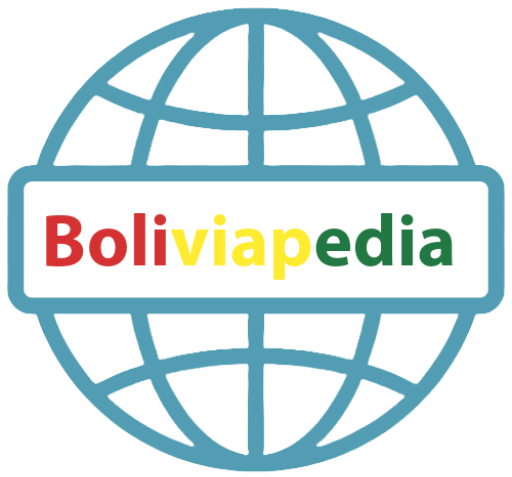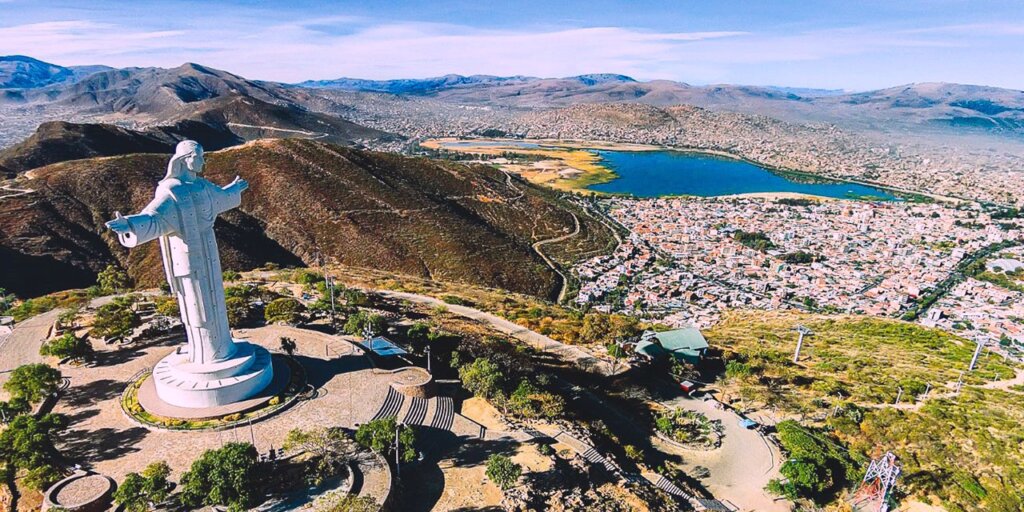
Cochabamba, located in the heart of Bolivia, is one of the nine departments that make up the country, and is one of the 3 most important cities in the country, mainly due to its geographical location (in the center), which has made it an important agricultural, manufacturing, commercial and industrial center throughout its history.
Cochabamba occupies 5% of the national territory and is the sixth largest department in Bolivia. With a population of around 8.5 million inhabitants (2024 census), it is the 4th most populated department.
Cochabamba is made up of 16 cities which, in turn, are divided into more sections, but of all of them the most important is its homonymous capital Cochabamba and main metropolitan region of the department. Cochabamba Capital is the third most populated area in the country according to INE.
Cochabamba is mainly defined as a valley due to its geographical location (in the center), this location constitutes one of the most interesting reliefs (after La Paz) and one of the most pleasant climates in the country, reason why it is also known as the city of eternal spring.
Its altitude of 2,558 meters (8,392 ft.) above sea level and low humidity are the reasons for this climate, which ranges between 15° C and 25° C.
Geographically speaking Cochabamba is very diverse as it combines valleys, mountains and plains, and it is thanks to this diversity that in this department we can find from cold and high mountains to tropical rainforests which gives us many possibilities for tourism that we will explore below:
But before exploring Cochabamba we will define some criteria, we can explore both Cochabamba the department and its capital of the same name, the city of Cochabamba.
Places to go in Cochabamba
First we will explore Cochabamba Capital:
In the capital of Cochabamba we can find very varied tourist destinations, historical as well as natural, cultural and monuments.
1. CRISTO DE LA CONCORDIA

The Cristo de la Concordia is a monument located on the San Pedro Hill east of Cochabamba, 20 minutes from the city. With a height of 34.20 meters on a platform of 6.24 meters reaching a total height of 40.44 meters, it is positioned as the second largest sculpture of Christ in America.
History
The construction of this sculpture was the result of the visit of Pope John Paul II to the city, who arrived in 1988, and the construction of the Christ began in 1987 and concluded in 1990.
Its building was a real challenge for the sculptors and in general for the people of Cochabamba. The architect Mario Moscoso and the two sculptor brothers Cesar and Walter Terrazas made this work possible.
In an interview for a magazine Moscoso and Walter commented how was the process of construction of this work, initially no one believed in it, according to them the most challenging part were the arms as they hung in the air and each weighed about 2 tons, the head was built separately and in three parts, and before being placed on the Christ it was exhibited at a fair in the city where hundreds of people from Cochabamba came to see it, finally to put it in place at that time there was no crane in the city capable of lifting 4 tons 3 times, and thanks to fate or luck a transporter imported that year a crane that together with two other borrowed cranes were able to put the head on top. During its construction the workers had a very sacrificed work because during all the working days of the week they stayed to sleep in the San Pedro hill because going up and down the hill was very complicated and at that time there was no transport line with this route, they worked until 16:00 because the strong winds did not allow them to work until later, and in general, its construction was a real miracle because there was no budget. Several companies and businessmen from Cochabamba donated materials and money for its construction, among them Coboce donated cement and plaster, the businessman Fernández donated iron and Manaco donated money to pay the salaries of the workers, even, in the final stages, the wife of a former president Hugo Bánzer donated money for the lighting and many students came in groups with seedlings and water to beautify the place. Walter points out that there was never an initial budget for the construction of this work and yet it was completed thanks to the faith and generosity of the people. This is why the Christ is a symbol of faith and unity for Cochabamba.

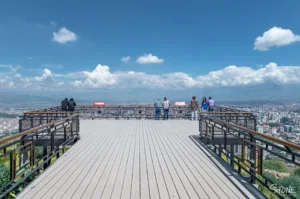

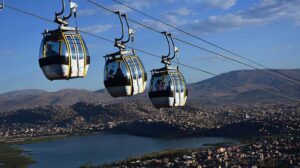

How to get there
The Christ is visible from any point of the city and can be accessed in three ways:
Through the Cable Car: It is the easiest and safest way to go up, tickets are purchased at the ticket office at the foot of the hill from 9:30 a.m. until 21:00 hours, it costs 6.50 Bs only the ascent and the same cost to go down.
The cable car is open from Tuesday to Sunday.
By foot: There are about 1200 steps that must be climbed to reach the Christ, the climb is not recommended if you are not in good physical condition, it is also recommended to descend by foot because it is possible to enjoy the view of the city and take pictures.
Warning: It is not recommended to go up or down when the sun has already set and much less alone due to crime in the area.
By car: Another easy way to go up or down, the road for vehicles winds around the hill and you can also take advantage of the climb to enjoy the views and take pictures.
14 de Septiembre Plaza
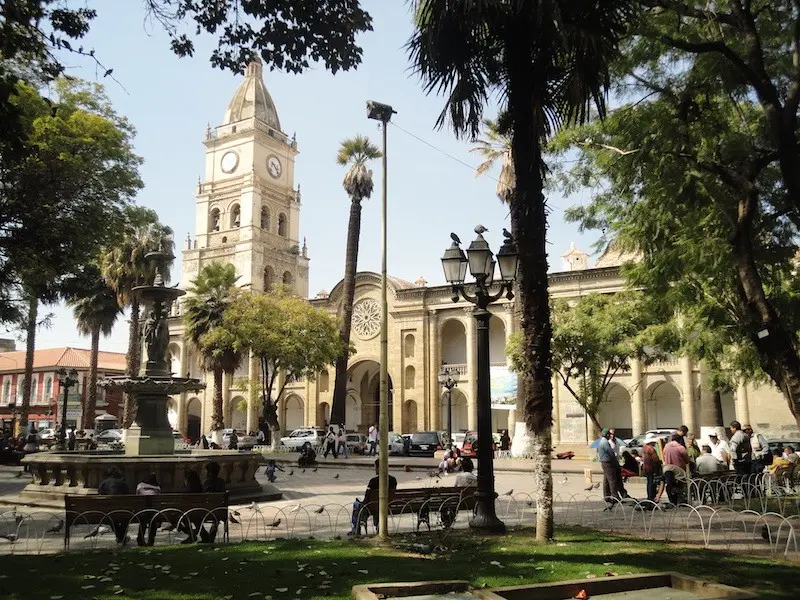
It was named in commemoration of the date on which the city gained its independence from the Spanish yoke. This place was the scene of the second foundation of Cochabamba by Sebastián Barba de Padilla, although at that time it was called Plaza de Armas.
In the plaza you can appreciate two important sculptures:
Fountain of the three graces: This fountain was brought from Paris, France in 1895 to replace another fountain donated by King Charles II as a way of thanking his subjects for having stopped the indigenous uprising in 1781, which was later destroyed, in this fountain you can appreciate three characters representing 3 women from Greek mythology:
- Aglae: goddess of beauty and splendor.
- Thalia: Goddess of theater and festivities.
- Euphrosyne: Goddess of joy and happiness.
Column of Heroes and Condor: It is said that the condor located on the column of heroes is a replica of a real condor that once inhabited the plaza.
According to legend, this condor was trained and adopted in 1914 by the soldiers and lived with them at the ranch. It later settled in the plaza and became the mascot of the people of Cochabamba, but over time it became aggressive, pecking at the telegraph lines in the area and attacking the ladies who walked by with a bundle on their backs, seeking to snatch their food. Due to this behavior he was ordered to be shot. One morning his sentence was read in the square, as a last wish he was given a piece of meat and later he was shot in the air, the condor died on the spot and many soldiers mourned his departure.
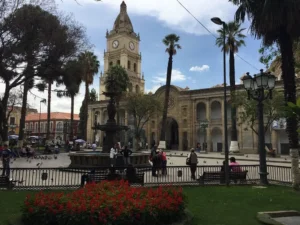
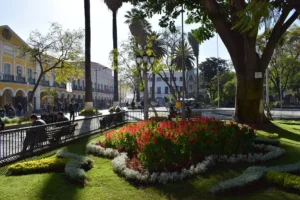
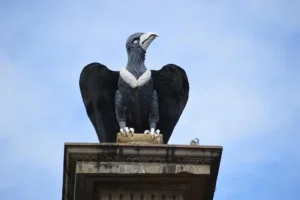



How to get there
The 14 de septiembre square or main square is located in the center of the city so it can be accessed from anywhere in the city either on foot, by public transport or cab.
The Metropolitan Cathedral (Cathedral of San Sebastián)
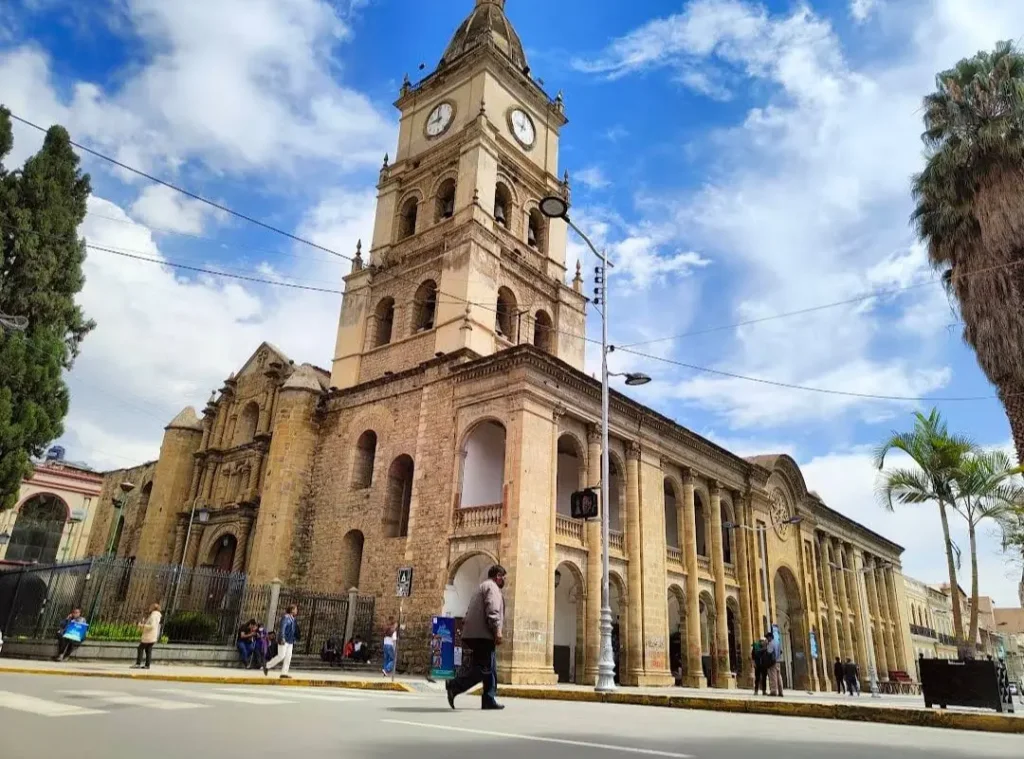
It was declared a national monument, along with other temples, on December 7, 1967, during the government of Rene Barrientos Ortuño. It is 324 years old and was built in the early eighteenth century over two ancient temples.
During the military period the bell tower used to be a shelter for soldiers, this is known because, in its last restoration, 25 years ago, names and writings were found carved on the walls.
During this restoration two mummified remains were also found, one belonging to Monsignor Rene Fernandez Apaza (1924-2013), and the other to Francisco Maria del Granado, third bishop of Cochabamba, the latter was found sitting on a chair.
Another interesting fact is that the Virgen de la Merced, located inside the cathedral, is almost as old as the cathedral, it is about 300 years old and was present in two battles of independence.
The first was during the first libertarian protest in Cochabamba on September 14, 1810.
And the second during the battle of Hamiraya where she lost two fingers from a bullet.
A year later the statue of the Virgin went out to the door of the cathedral to bless those who were the Heroines of the Coronilla.
Because its construction dates from colonial times, its architectural influences are of Renaissance and Baroque style. The clock tower is 38 meters high. Inside the temple the walls are covered with biblical images, cherubs and floral arrangements.

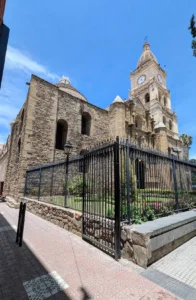

How to get there
By foot: If you are in the center of Cochabamba the cathedral is easily accessible from any point, as a reference point you can use the Plaza 14 de Septiembre as the cathedral is located in the surroundings.
By cab or private vehicle: You can tell the cab driver to take you to Plaza 14 de Septiembre or directly to the Cathedral. There are parking lots on nearby streets, but traffic in the center can be heavy.
By public transportation: Several trufis and bus lines pass near the Cathedral. You can ask for the lines that go to downtown Cochabamba and get off at Plaza 14 de Septiembre.
Admission: Access to the cathedral is free. If you want to visit it as a tourist, it is best to go outside of mass hours to visit it with more calm.
It is open every day from 8 am to 8 pm except Tuesdays and Sundays when it is open from 8 am to 1:30 pm.
Martin Cardenas Botanical Garden
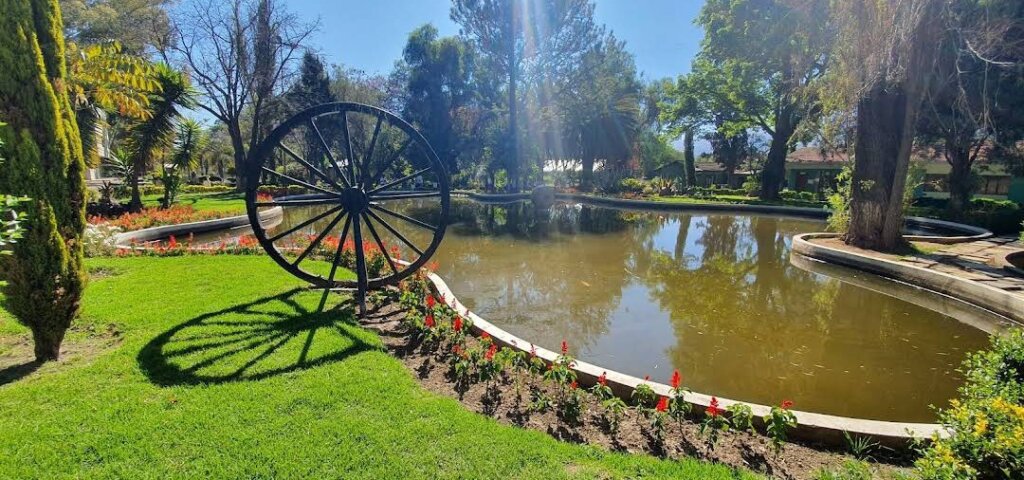
It is a green space of 4.5 hectares that gathers more than 700 species of vegetation, because of this it also happens to be the refuge of 43 different species of birds, which represent 38% of the total birds of the metropolitan area of Cochabamba.
It is an important space not only for the preservation of plant and animal life but also because it promotes research, teaching and exhibition of flora.
The garden is made up of 19 sections, among them are: nurseries, acclimatized greenhouses, administration areas and technical-scientific spaces, where specimens are obtained from the germination of a seed or research is carried out.
This garden was born as a tribute to the botanist Martin Cárdenas Hermosa, who was a professor specialized in Natural Sciences and Chemistry, and had a great vocation for botany. He founded the Universidad Mayor de San Simón and was its rector for two terms.
Such was his passion for botany that he was able to travel all over the country, classifying 6,500 plants of the flora, describing 180 species of new cacti, with 16 varieties; many of which he transplanted himself with his own hands in this garden.





How to get there
It is located near the San Pedro hill (where the Christ is located). The gate is on Rubén Darío avenue between C R. Rivero Torrez and 23rd of March avenue.
You can get there by cab or public transport, generally those going to Sacaba pass through the garden gate.
Admission and Hours
Admission is free, pets are allowed as long as they are on a leash and carry a bag for their needs, although they also ask for your ID.
It is open from Monday to Saturday from 9 am to 4pm except Saturdays when it is only open until 12:00 noon, Sundays it is closed.
Santa Teresa Convent Museum
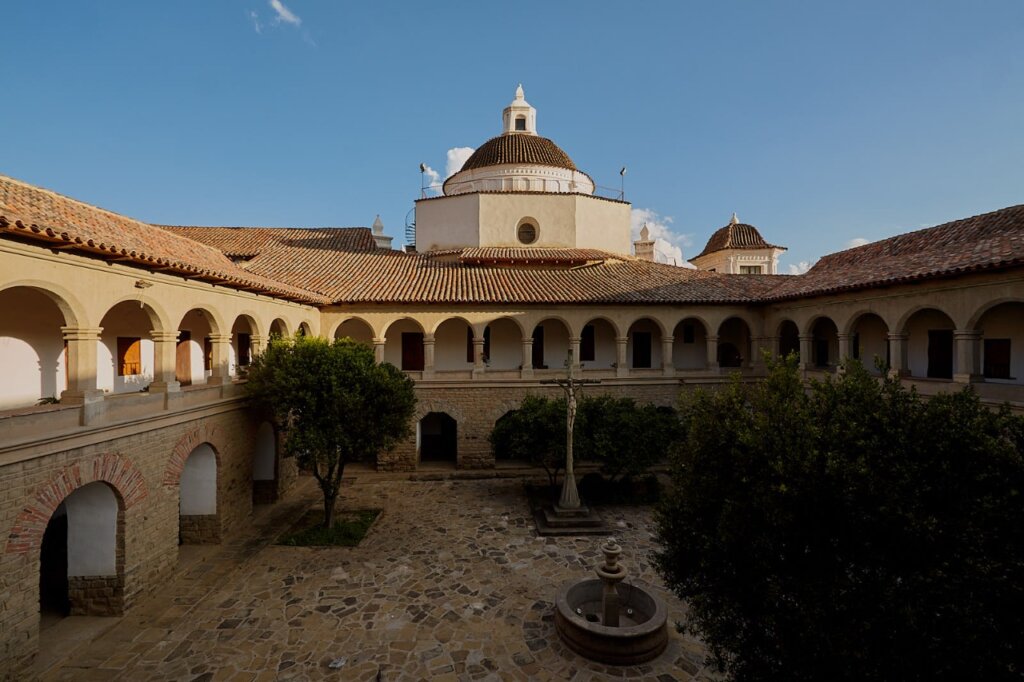
It is probably the oldest building in Cochabamba. This convent housed the women of the wealthiest families of the city where they remained in seclusion until the end of their days.
In 1726 Don Juan Salvador Crespo and Melchora Macías donated 10,000 square meters of land and 20,000 pesos for the construction of this Convent. Subsequently, for its foundation, four sisters departed from the City of Plata to what was then called Villa de Oropeza and on October 13 the Carmelite order was established in the convent. During this time there was no education for women, so many young women applied to the convent, which was considered an act of social improvement.
Currently, the convent functions as a museum that allows visitors to explore the daily life of the nuns in colonial times.
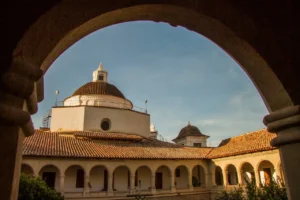
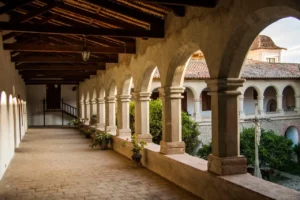
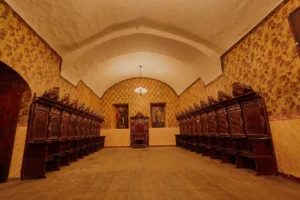
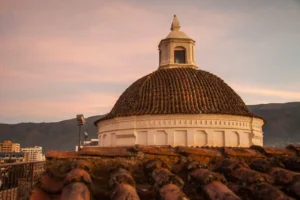

How to get there
It is located on Baptista street between Mayor Rocha and Colombia streets, it is quite close to 14 de septiembre square so it can be used as a reference point, it can be accessed on foot, by cab or public transportation.
Entrance
The entrance fee is 15 Bs for nationals and 25 Bs for foreigners.
It is open from Monday to Saturday from 8 am until 12:00 noon and then from 2 pm until 6pm, on Sundays it is closed.
Achá Theater
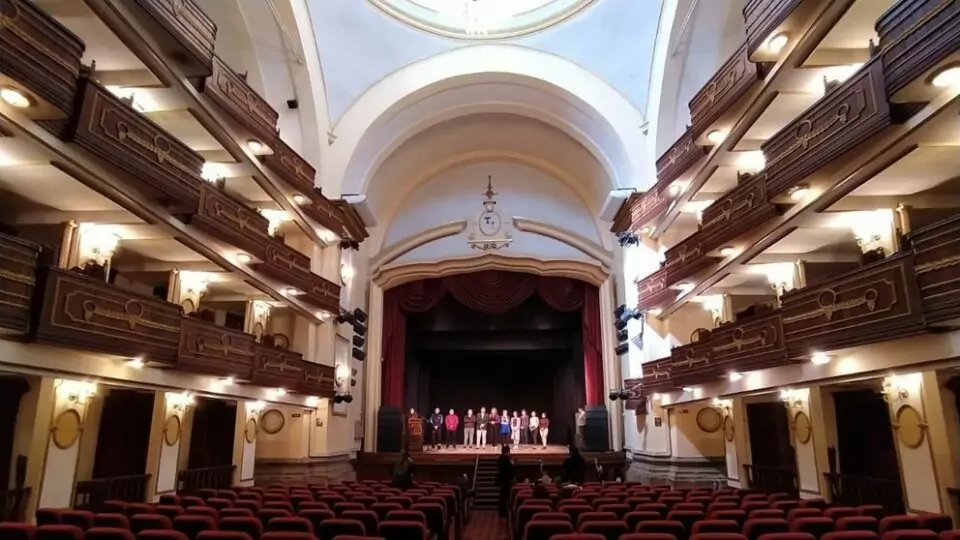
This theater is located in the center of the city and is considered the oldest theater in Bolivia, with an architecture that reflects the elegance of the colonial era.
The Acha Theater was originally a convent called “San Agustin” and during its beginnings was expropriated twice, the first time by General Antonio Jose de Sucre to be an academic institution for young people, and the second time by former President Jose Maria Acha to be destined to art and culture, initially with the name of “Teatro de la Unión Americana”.
This theater has six rooms: the lower stalls, the upper stalls, the left box, the right box, the central box and, finally, the official box, which is where the authorities are usually located.
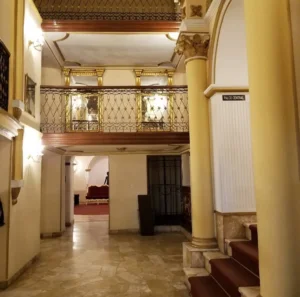
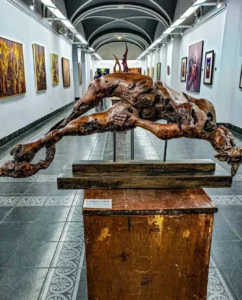
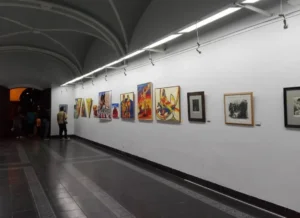
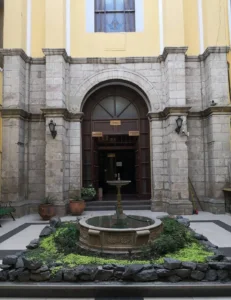
How to get there
It is located on España Street between General Acha Street and Heroínas Avenue, half a block from 14 de Septiembre Plaza
Due to its central location it is easily accessible from any point of the city, either on foot, by cab or public transportation.
Admission depends on the functions programmed in the theater.
